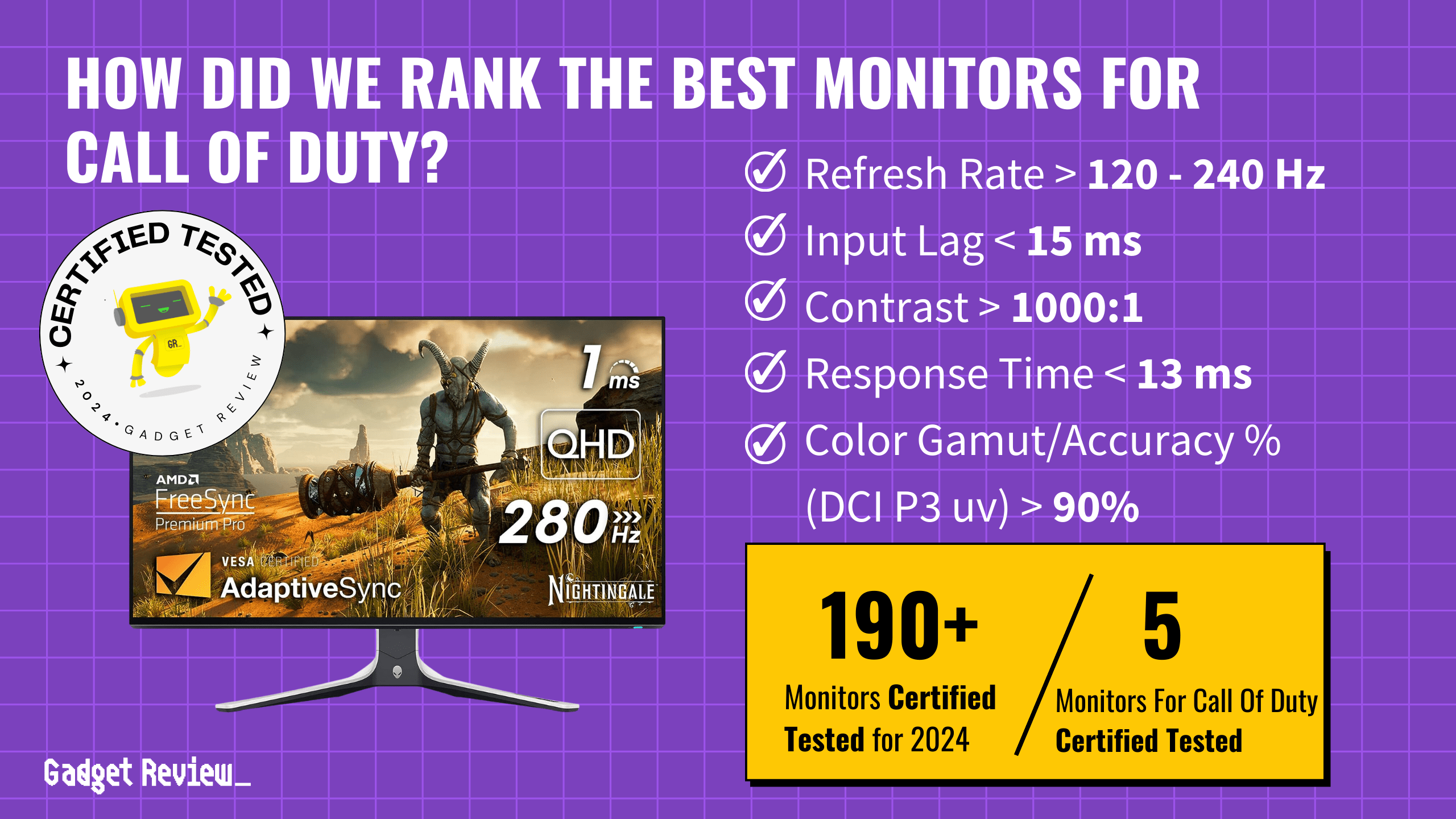Computer monitors come in all different shapes and sizes to suit a wide variety of needs. In recent years, ultrawide monitor panels have gained significant popularity, but they can be more expensive than popular traditional monitors. Are ultrawide monitors worth it?

Ultrawide monitors can be more expensive than traditional displays, due to the nature of the panel design. Despite the cost, ultrawide screens have become extremely popular in recent years due to their wide array of benefits for the end-user. Ultrawide displays are capable of a stunning 21:9 aspect ratio, dwarfing the 16:9 aspect ratio found with traditional displays. That means they’re about 30% wider than most others on the market. Whether they’re worth the premium, though, depends on what you plan to use them for.
Ultrawide Monitor Uses
An ultrawide monitor can confer all sorts of benefits depending on your use case. Below are some of the most common uses we’ve researched; if one of them strikes a chord, an ultrawide monitor might be a good fit for you.
warning
Not all games support ultrawide monitors, and gaming at those increased resolutions can be taxing for your video card.
Gaming
Hardcore PC gamers often prefer ultrawide monitors, as they bring increased immersion during intense gaming sessions. The “wow” factor cannot be understated when it comes to gaming in ultrawide. The 21:9 aspect ratio combined with high resolutions creates a visually engaging experience that cannot be beaten. Cutscenes can occasionally drop to 16:9 and leave visible black bars along the sides (a phenomenon known as “pillarboxing”), which could be off-putting to some.
Video Editing and Digital Arts
When it comes to video editing and the digital arts, having more screen real estate is never a bad thing. Animators especially can appreciate both the wider timeline and the increased canvas space at the same time. Illustrators and photographers can also make use of the increased screen size, though some of those in the creative arts may prefer a dual-monitor setup, as this allows for easy multitasking.
Ultrawide monitors can’t operate in portrait orientation, so programmers used to working with an upright display may need a more traditional monitor or a dual-monitor setup.
insider tip
Ultrawide monitors allow video editors to view more of the timeline at once, eliminating the need for excessive scrubbing of footage.
Document Writing and Research
Ultrawide monitors allow writers and researchers to present multiple windows at the same time. This allows for extreme focus and efficiency, as researchers won’t have to constantly swap between tabs or software applications. This effort can be aided with the assistance of keyboard shortcuts and useful windows resizing tools. Dual monitors also offer similar benefits when it comes to writing and research.
warning
Ultrawide monitors can’t operate in portrait orientation, so programmers used to working with an upright display may need a more traditional monitor or a dual-monitor setup.
Programming
Modern coders and programmers also tend to choose ultrawide monitors to improve their workflow, thanks to the added display real estate available. As with writing and research, programmers can use an ultrawide display to have multiple windows or programs open at the same time. For instance, a programming suite can be open right next to a Google search.



























